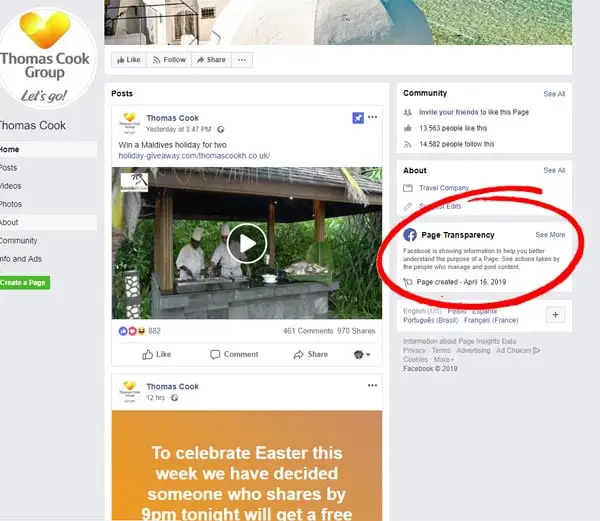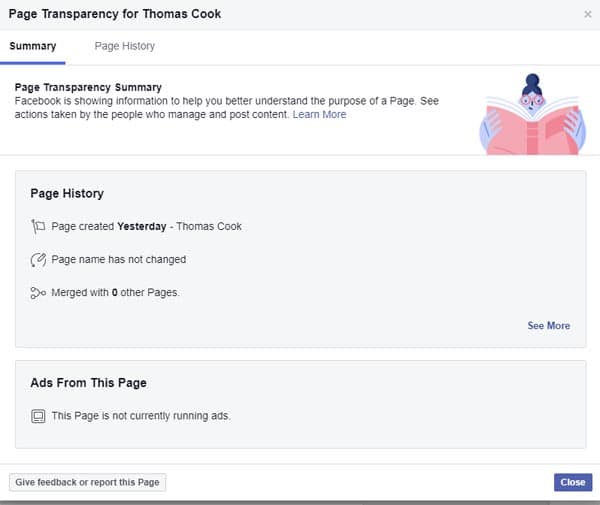In 2019, Facebook launched a new tool called Page Transparency that can help users to determine if particular Facebook pages can be trusted.
The social networking site has been plagued with fake giveaway and competition scams that claim Facebook users can win large prizes when they share and comment on Facebook posts. Often these posts appear to have been posted by celebrities or by well-known brands.
Of course real promotions do happen on Facebook, but they’re posted on the official Facebook pages belonging to the person or brand in question. Usually these pages are denoted by a blue verification tick, but pages that lack this tick often still manage to trick Facebook users into sharing and commenting on a post.
But now Facebook has introduced another tool that their members can use to determine if a Facebook page can be trusted, the Page Transparency Tool. This tool allows users to check up on certain information about a page easily.
Sponsored Content. Continued below...
Most notably, this includes the date of when the page was created, as well as any page name changes. Facebook can also tell you, on certain pages, which country the administrators of the page are located.
Before trusting any post published by a page, we recommend checking out this tool first. On Facebook for desktop, the Page Transparency Tool can be found on the right hand side of the page underneath the About section, simply click the See More link. On the mobile app, the Page Transparency Tool can be found by just scrolling down past the About section, above the posts the page publishes.


We checked out the tool on a “Thomas Cook” Facebook page offering a free trip to the Maldives. We clicked the tool (screenshot below) and straight away Facebook informs us that the page was created only yesterday, despite having over 10,000 likes. This alone is enough information to deduce that the page is fake, and users should avoid interacting with its content.


As we stated above, the date a page was created should be a good tell-tale sign, but also watch out for page name changes as well as, if available, where the people running the page are located, which again should be a good sign as to whether you can trust a page.
Thanks for reading, we hope this article helped, but before you leave us for greener pastures, please help us out.
We're hoping to be totally ad-free by 2025 - after all, no one likes online adverts, and all they do is get in the way and slow everything down. But of course we still have fees and costs to pay, so please, please consider becoming a Facebook supporter! It costs only 0.99p (~$1.30) a month (you can stop at any time) and ensures we can still keep posting Cybersecurity themed content to help keep our communities safe and scam-free. You can subscribe here
Remember, we're active on social media - so follow us on Facebook, Bluesky, Instagram and X